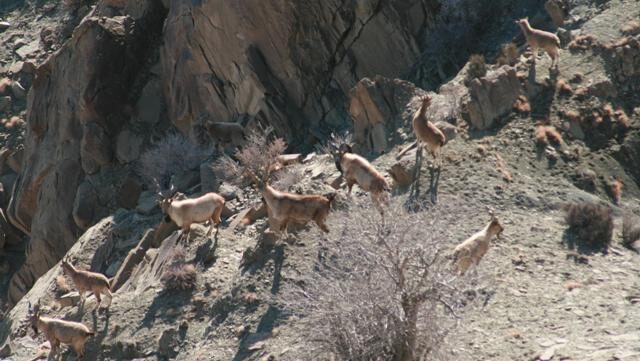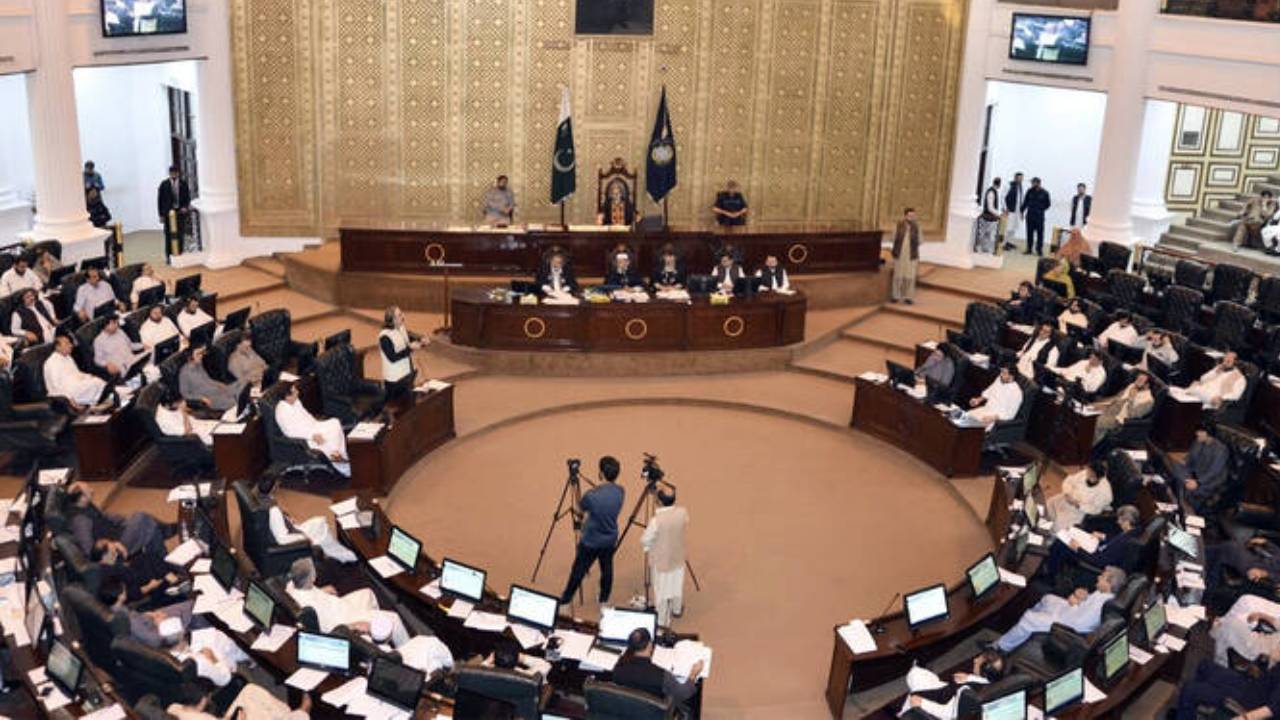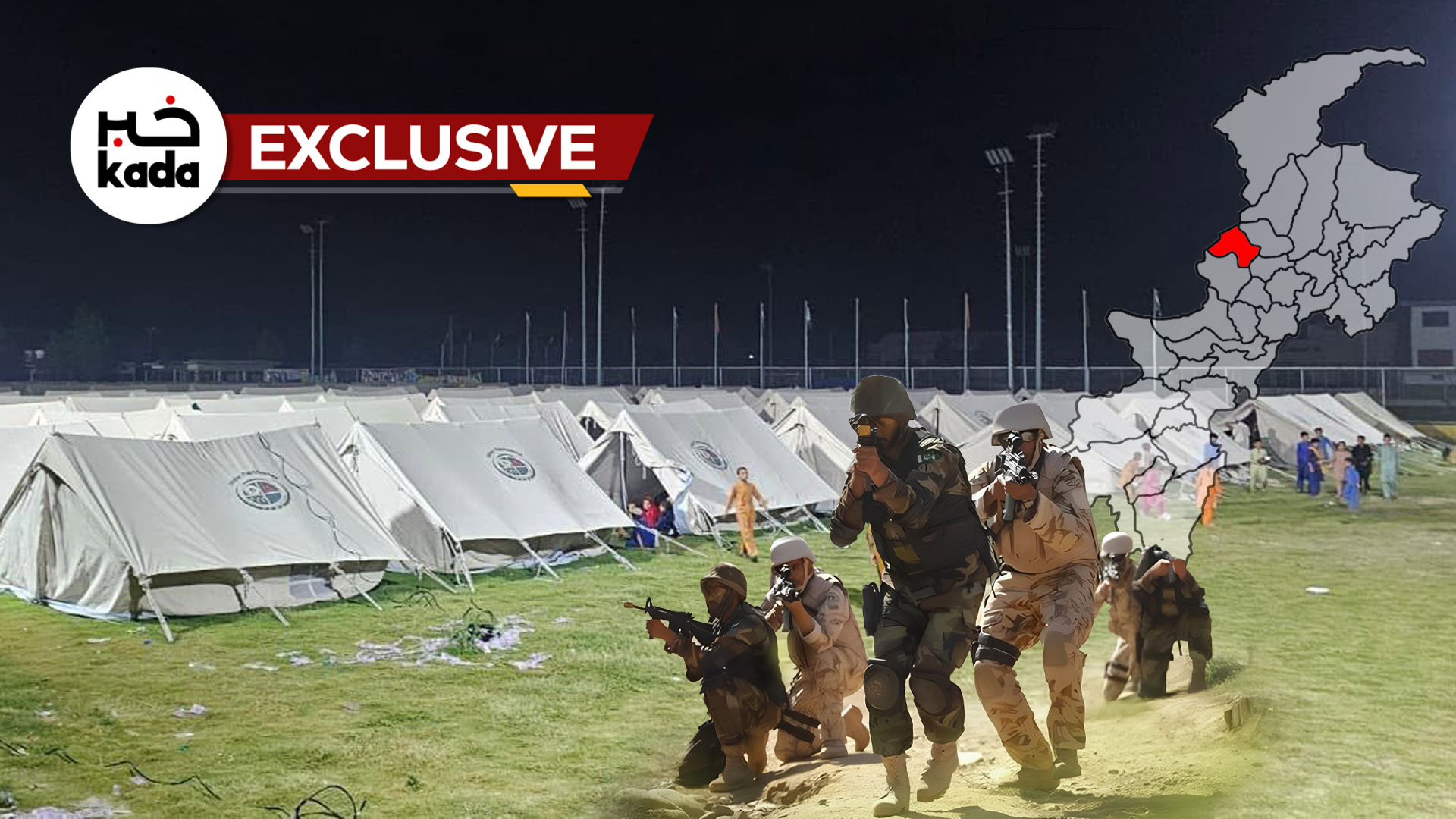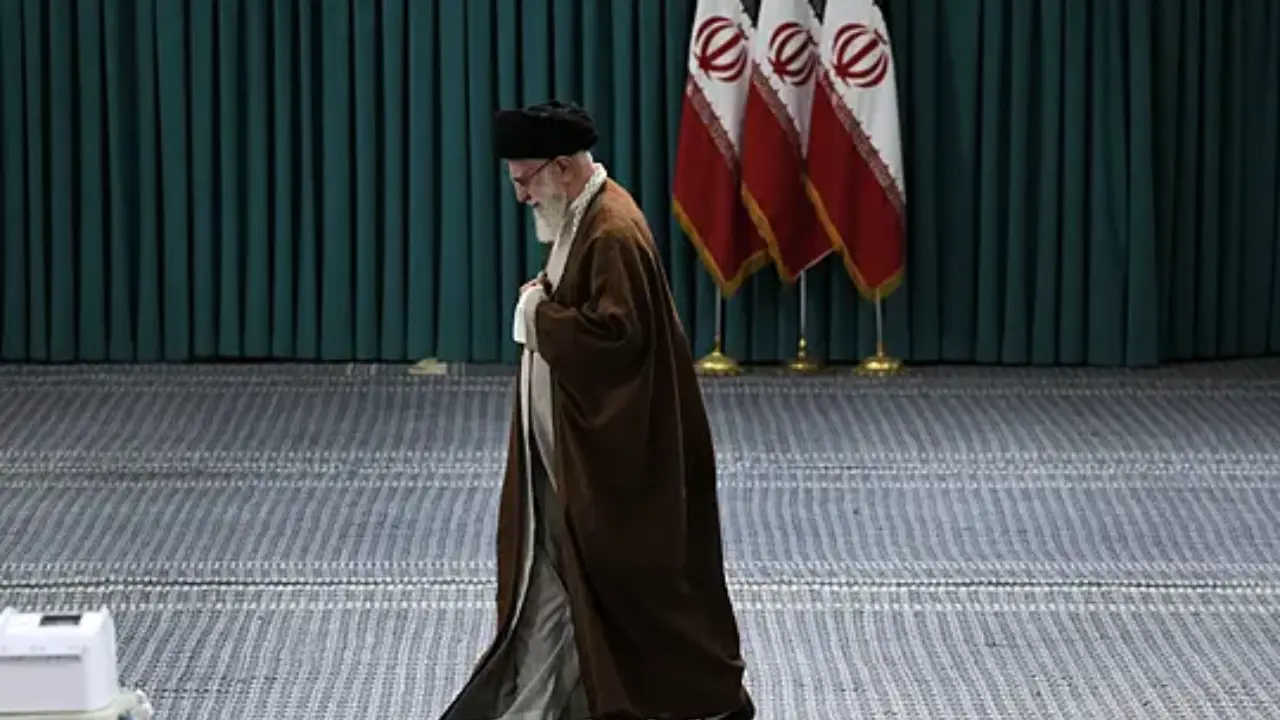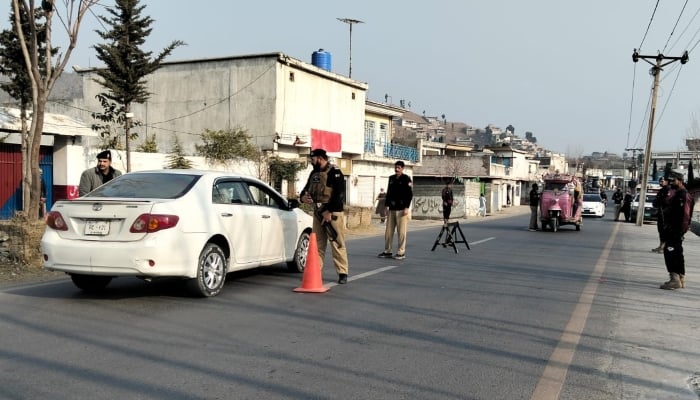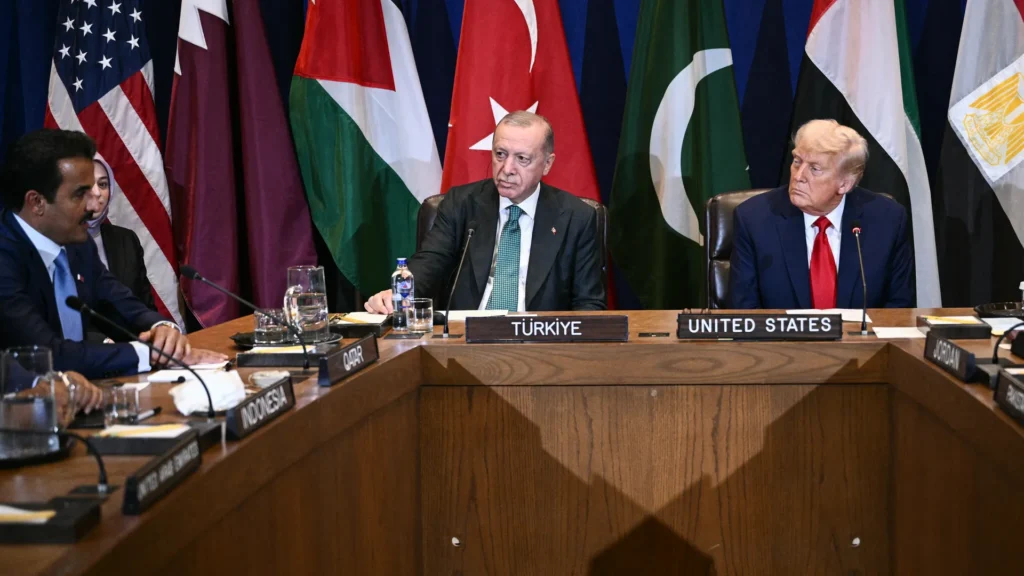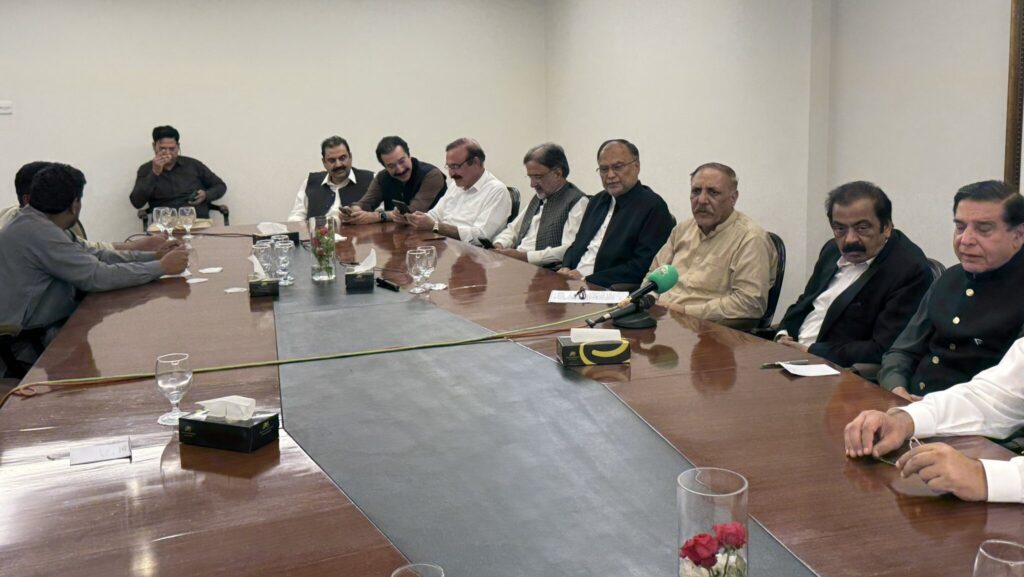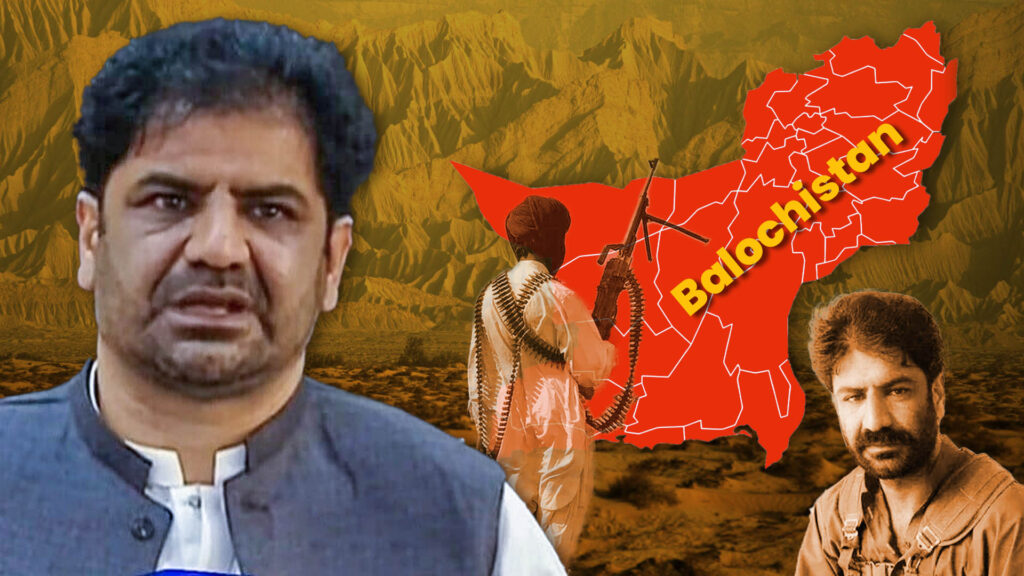Pakistani officials have regularly complained that Afghan soil is being used as a sanctuary for terrorists who launch attacks across the border. In a press briefing on January 30, 2025, Ministry of Foreign Affairs Spokesperson Shafqat Ali Khan said that the onus for preventing attacks against Pakistan from Afghan territory lay on the Afghan Interim Government.
“In our view, the primary responsibility is of the Kabul administration. They have to ensure that the sanctuary is not enjoyed by terrorists. This has to stop. This is what I can say,” Khan said.
Afghan officials have pushed back against the idea, saying that Pakistan should not blame the Taliban government for the ‘lack of control, incompetence and problems inside its own territory’.
However, the Afghan government’s claims are belied by the fact that dozens of senior leaders of the outlawed Tehreek-e-Taliban Pakistan have been killed in Afghanistan in recent years.
One such instance was the death of Umar Mansour in a US drone strike in Afghanistan’s Nangarhar province in July 2016. Mansour was considered to be the mastermind behind the Army Public School Massacre in Peshawar in 2014, which resulted in the deaths of over 140 school children. The attack turned out to be a turning point for Pakistan’s response to terrorism across the country.
The highly-wanted Mansour was TTP’s commander for its Darra Adam Khel and Peshawar chapters and was reportedly 39 years old at the time of his death. Apart from the APS massacre, he was involved in several other terrorist attacks including an attack on University of Charsadda in 2016, which killed at least 20 people.
Mansour was known to be a hard liner amongst the TTP and was strongly against any form of negotiation with the Pakistani government. His death, along with another TTP leader Qari Saifullah, was reported by US forces after the drone strike. However, TTP itself only confirmed the death a year later in October 2017, when his successor was appointed.
Despite his connection to the APS attack, Mansour is still not the biggest name wanted for terrorism in Pakistan who was eventually killed in Afghanistan.
In June 2018, a US drone strike killed Mullah Fazlullah in Afghanistan’s Kunar province, which borders Pakistan. At the time of his death, the 44-year-old Fazlullah was the ameer (or commander) of the TTP.
Fazlullah was the third commander of the terrorist group and was the first who did not belong to the Mehsud tribe. He succeeded Hakeemullah Mehsud to the post in November 2013 and was reportedly selected through a lucky draw after a leadership dispute threatened to get serious.
Born as Fazal Hayat in Swat, Fazlullah had been involved in multiple terrorist attacks long before he took over the TTP leadership. He was initially linked to the Tehreek-e-Nafaz-e-Shariat-e-Muhammadi and even married the daughter of the group’s founder, Sufi Muhammad. He eventually succeeded Muhammad to the group’s leadership and carried out a reign of terror and propaganda in Swat, earning the moniker ‘Mullah Radio’ due to his illegal radio broadcasts against the government from an unauthorised broadcaster on horseback.
Fazlullah established a parallel government in dozens of villages in Swat, enforcing what he claimed was ‘sharia’ and even leading to women being flogged in public. His group eventually merged with the TTP in 2007. Among the attacks he is linked to are the assassination attempt on Malala Yousafzai, who is a now a Noel-laureate, in 2021, and a bombing that killed Lieutenant General Sanaullah Khan Niazi in 2013.
Although chased out of Pakistan in an earlier operation, Fazlullah crossed into Pakistan after Hakeemullah’s death and became TTP’s chief. However, his base of operations remained in Afghanistan. As the chief of the TTP, Fazlullah was quite literally the most highly-wanted terrorist in Pakistan when he was killed across the border.
Major TTP leaders continued to be killed in Afghanistan even after the US withdrawal and subsequent fall of Kabul in 2021.
One such terrorist leader was Omar Khalid Khorasani, who led the TTP splinter group Jamaat-ul-Ahrar, a globally designated terrorist organisation itself.
Khorasani, whose real name was Abdul Wali, was killed in an IED blast in the Afghan province of Paktika in August 2022. His death came a few days after the death of Al-Qaeda chief Aymen Al-Zawahiri, who Khorasani was said to be close to.
Wali was described by the US Department of Justice as a ‘poet and former journalist’ who had studied at several religious seminaries in Karachi. The DoJ had offered a $3 million award for information about him.
The JuA had split from the TTP in 2014 after a leadership crisis ended with Fazlullah becoming the group’s chief. However, Khorasani rejoined his group with the TTP in 2020. The group was described by the US as ‘one of the most operationally active TTP networks’.
Khorasani’s organisation was notorious for its attacks across Pakistan, one of the biggest of which was a bombing in Lahore on Easter Sunday in 2016 that killed 75 members of Pakistan’s minority Christian community.
Not all deaths of TTP leaders in Afghanistan have been attributed to bombings or airstrikes. Qari Saifullah Mehsud, a highly wanted terrorist was shot to death near the Gulan refugee camp in Afghanistan’s Khost province in December 2019.
Mehsud was the spokesperson of the Hakimullah Mehsud group and had been involved in several terrorist attacks in Pakistan. One of these was an attack on a bus in Karachi that killed at least 45 people in 2015. Mehsud also claimed to have carried out 75 attacks against tribal elders in Waziristan in 2019, but the claim was not confirmed.
TTP had claimed in a message that the attack was carried out by the Haqqani Network.
On July 11, 2023, reports emerged that a notorious TTP leader Muhammad Tariq, more commonly known as Tariq Button Kharab, was shot dead in Paich Dara, Kunar Province, Afghanistan. A video showed Tariq’s body ridden with bullets.
Tariq apparently earned his nickname as he was impaired with the use of one eye. He was considered to be the mastermind of the suicide attack in Kohistan in 2021 which killed at least nine Chinese engineers who were working on the Dasu dam. He was also known to have colluded with the Balochistan Liberation Army in orchestrating the attack on the Chinese language centre in Karachi in April 2022, in which a female suicide bomber was involved.
TTP leader Abdul Manan, also known as Hakimullah, was killed in Kunar in in January 2024. The attackers were never identified.
Manan was a senior leader in TTP’s shura after it was reorganised by the group’s new chief Noor Wali Mehsud in 2023. He has also worked as an assistant to Azmatullah Mehsud, the chief of TTP’s Malakand chapter.
Belonging to the Majakhel tribe, he was born in Bajaur’s Salarzai area in 1985, which would place his age around 39, at the time of his death. He was a part of the TTP since 2007 and had been involved in several attacks against security forces.
Manan had been arrested by the Afghan government in 2014 but was freed following the fall of Kabul in 2021.
Rahimullah, the naib ameer of TTP’s Malakand division, known more popularly as Shahid Umar Bajauri, was the most recent high-ranking TTP leader to be killed in Afghanistan.
Bajauri was reportedly invited to a feast in Kunar province in December 2024 along with three affiliates where they were ambushed and shot to death.
The slain TTP leader was declared a highly-wanted terrorist by the Pakistani government which had placed a Rs10 million bounty on his head.
The death of senior TTP leaders in Afghanistan shows that terrorists who were highly wanted by Pakistan were moving and operating freely across the border. Several of these attacks occurred in the provinces of Khost, Paktika and Kunar which are situated on the border with Pakistan. This essentially meant that the terrorist leaders were enjoying free lives just outside the reach of Pakistani forces, while they orchestrated attacks against Pakistani civilians and security officials with impunity.


